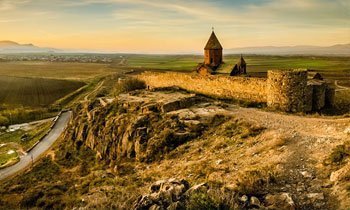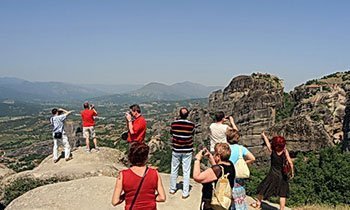Details
Fraternal peoples of the mighty Caucasus
7 days/6 nights
Day 1
Meeting at the international airport "Zvartnots" with a sign Happy Holidays.
Transfer to the hotel.
Free time in the capital of the Republic of Armenia - Yerevan city.
City of Yerevan - pagan temple Garni - monastery complex Geghard - Yerevan city
City-tour in Yerevan:
Republic Square - Northern Avenue - Freedom Square - Opera and Ballet Theater - Cascade Complex
Discovering of the capital begins with the most famous square of the capital - the Republic Square, located in the center of Yerevan. It is famous for its monumental architecture in the national style. In the evenings on the square you can see the beautiful laser show "Singing Fountains".
From the square to the building of the Opera House lies the only pedestrian avenue in Yerevan, called the Northern one. The wide avenue, executed in a modern manner, is full of cafes and restaurants, attracts street artists and musicians and is one of the favorite places for recreation of the residents of the capital and its guests.
From the front, the avenue is crowned by the "crown" of the Opera and Ballet Theater - the masterpiece of the famous Armenian architect Alexander Tamanyan, one of the city's main attractions.
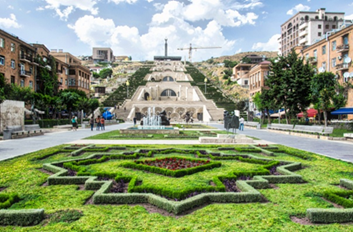
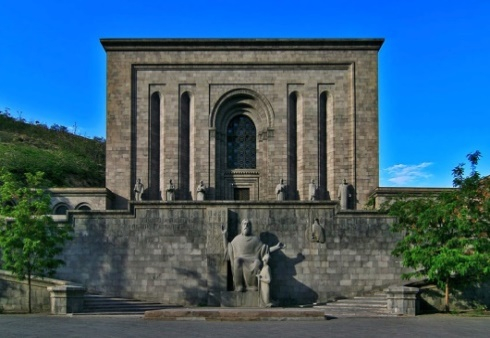

In front of the Northern avenue there is Liberty Square, one of the most beautiful squares in Yerevan. And behind the square there is a square with many summer cafes. On the eastern side of the square there is an artificial reservoir - "Swan Lake", reminiscent of Lake Sevan.
To the right of the Opera there is a very cozy, pleasant square of the name of Komitas - an outstanding Armenian composer, whose monument does not leave any visitor indifferent.
On the left side of the Opera is another beautiful and green garden named after M. Saryan - an outstanding Armenian artist. Square is behind the scenes recognized as a meeting place for artists who are presenting their creations for public viewing and selling.
The France square with its famous monument Auguste Rodin "Jules Bastin Lepage" crosses the avenue of M. Mashtots - the creator of the Armenian writing (405)
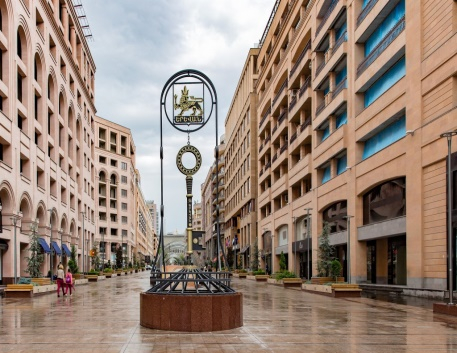
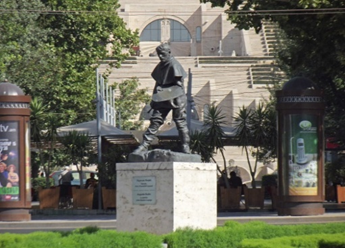

Lunch at one of the local restaurants with national cuisine.
Garni is a pagan antique temple of the Hellenistic period, preserved in the territory of Armenia in a single copy. The temple dates from the year 76 and is dedicated to the sun god Mithra. In addition to the church, the complex also includes a church, fortifications and a Roman bath built in different periods. The first dating of structures is known from the very Bronze Age.
Geghard (or Ayrivank) is a monastery complex of the 4th century, located in the valley of the gorge formed by two powerful mountain ranges. The etymology of the name is associated with the lance of Longinus, who was pierced by the side of Jesus Christ. According to legend, this relic was brought to Armenia by the apostle himself Faddee. Now the relic is kept in Echmiadzin, where it was transferred for security reasons.
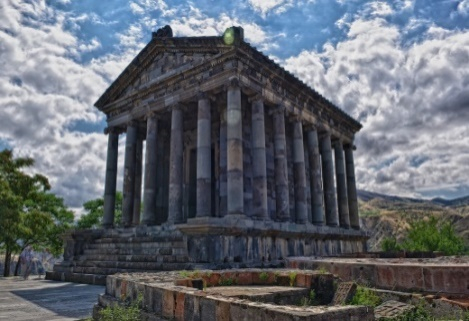
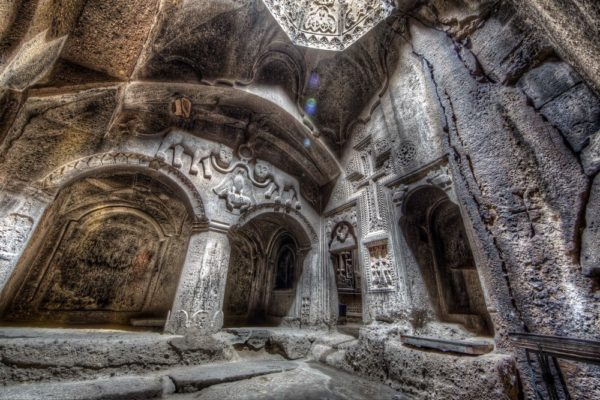
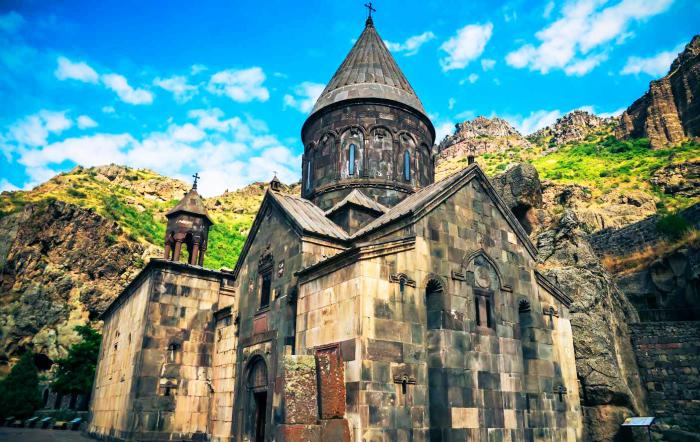
Return to the city of Yerevan.
Day 2
Breakfast in the hotel.
Yerevan city - Tsakhkadzor city - Sevanavank monastery complex - Haghartsin monastery complex - Dilijan city
Tsaghkadzor is a resort town in Central Armenia, located at an altitude of 1800 m near the Tsakhkuni Mountains. The city is known for its healing air and beautiful virgin forests. If you want, you can take a ride on the cable car.
Visit to the medieval Armenian monastery Kecharis (11-13 centuries).
The monastery complex Sevanavank is a medieval Armenian monastery of the 8th century, located on the peninsula of Sevan. It is well known that the monastery's founders were hermit monks, who were looking for an island of unity and tranquility at that time.
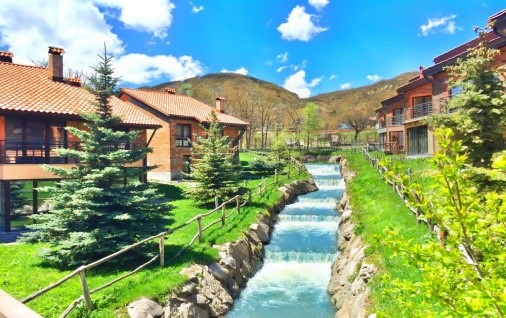
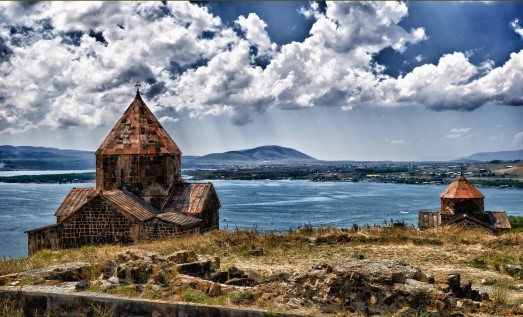
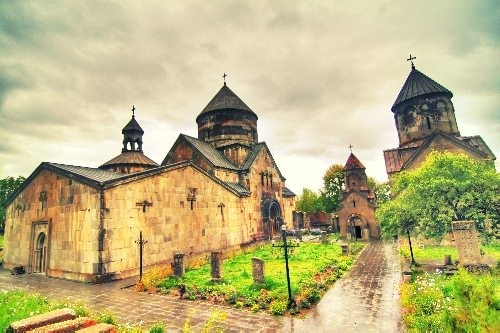
Lunch at one of the local restaurants.
The monastery complex Haghartsin is truly a pearl of the Armenian architecture of the 11th and 13th centuries, representing a church complex located in the middle of the virgin forests of the Tavush region. The complex has been restored and now appears to tourists in its best light.
The city of Dilijan is recognized as one of the "intelligent" centers of Armenia: it has a lot of people in science and art. And this is by no means an accident! Situated in the middle of the Dilijan National Park, the city is literally buried in the lagoon. The cozy streets, squares and balconies alternate with artisan corners and souvenir shops. This place is a real dream for those who seek unity with nature!
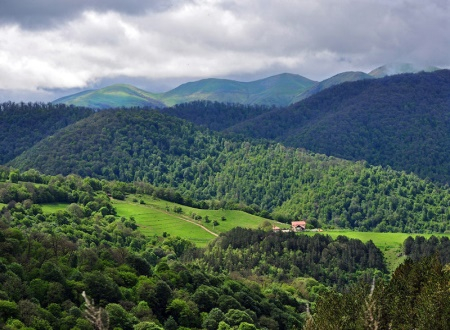
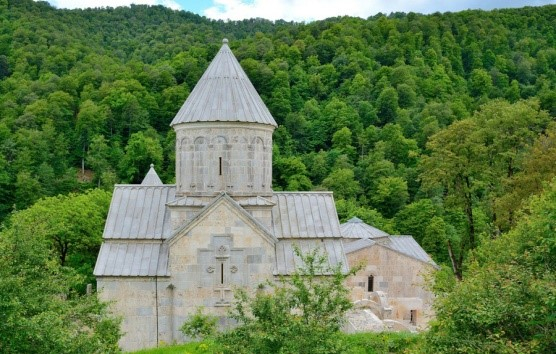
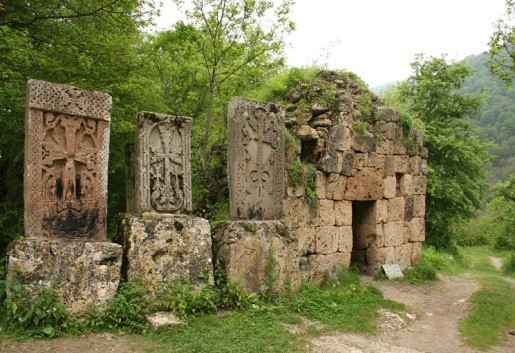
Overnight is organized at a hotel in the town of Dilijan.
Day 3.
Breakfast in the hotel
Dilijan city - Sanahin monastery complex - Haghpat monastery complex - Akhtala monastery complex Akhtala - Tbilisi city
The monastery complex Sanahin is an architectural structure of the 11th and 13th centuries, known in medieval Armenia by its brotherhood, which reached up to 500 people. Monks in the heyday of the monastery engaged in scientific (the school was later transformed into an academy) and translation activities. The complex is listed as a UNESCO World Heritage Site.
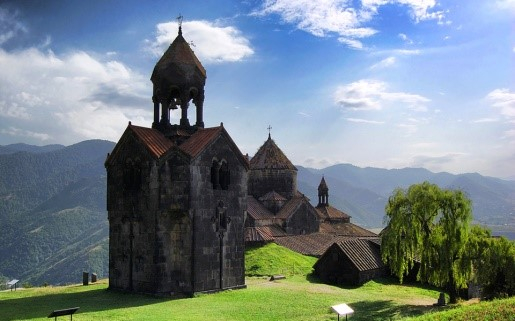
Lunch is organized along the road.
The monastery complex of Haghpat is the second monastic complex of our route built in the 10th century. The architectural structure very harmoniously fits into the surrounding area, its mass merging with the surrounding ridges. Noteworthy architecture of the structure, which is distinguished by the unity and compactness of the asymmetric layout. Also included in the UNESCO World Heritage List.
We enter the territory of the Republic of Georgia and go to the city of Tbilisi.
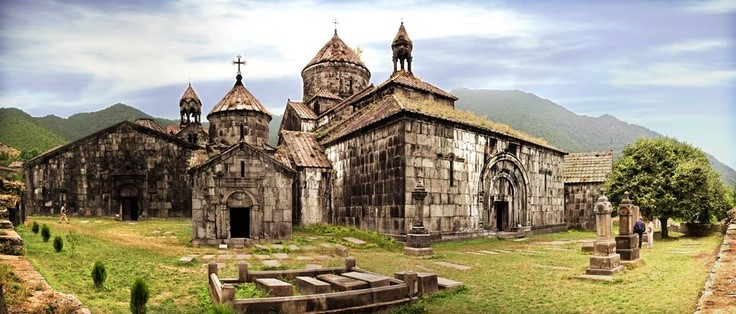

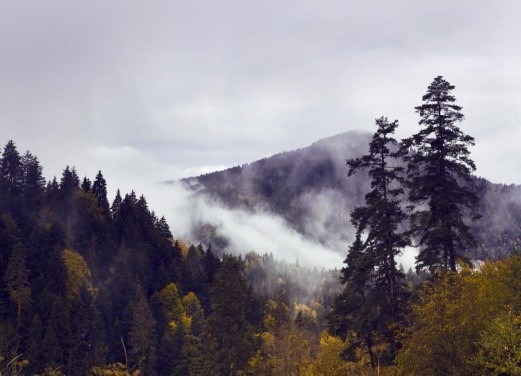
Day 4
Breakfast in the hotel.
City-tour in Tbilisi - Mtskheta city - Tbilisi city
Tbilisi is the capital of the Republic of Georgia, its heart and soul. To date, Tbilisi is the largest population center in the country, where all the main activities are concentrated: economic, cultural and, of course, tourist. In the capital of Georgia we organize a sightseeing tour!
City-tour in Tbilisi:
The tour begins with Halabar Square, located in the Havlabar area. The area still has an "Armenian" connotation, since, with the change in the demographic situation in Tbilisi and the overall decline in the share of Armenians in the city, the decline in the number of Armenians here was not too strong. The region presents both Georgian and Armenian cultural and religious buildings. And if there is nothing remarkable on the square itself, then in the area you can contemplate such structures as the Metekhi temple, Samebu (Troitsky cathedral), the President's palace, over which worked a whole galaxy of architects, the Armenian churches of Nor Echmiadzin and now the ruined Cathedral of Avetaran. This does not end the number of architectural monuments, but we still need to explore other areas of Tbilisi, so we are heading towards Ricke Park.
Ricke Park is one of the newest cultural venues for recreation in Tbilisi. And this is not an accident, since it was broken only in 2010. The buildings inside the park are marked by their novelty. Due to this the park immediately fell in love with the inhabitants of the capital! Near the park there is the famous Peace Bridge, also executed in extravagant style and connecting the right and left banks of the Kura.
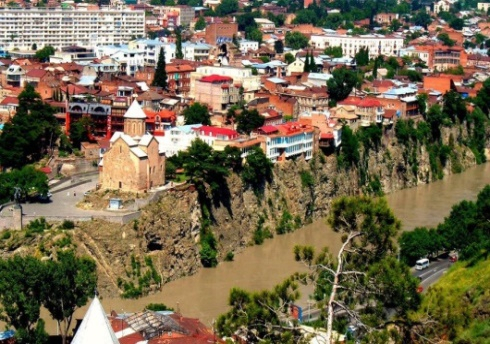
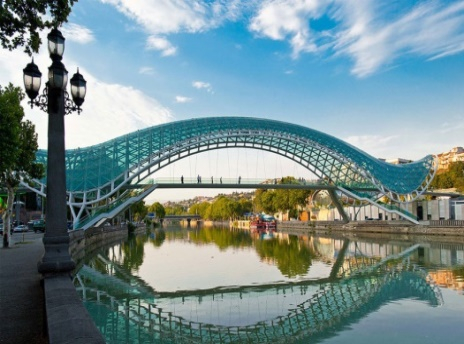
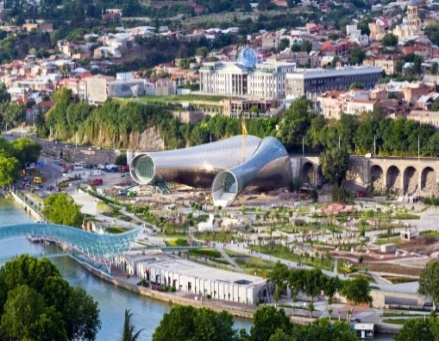
Near the park we sit on the cable car and climb to the famous Narikala fortress. The structure is on the edge of the Sololaki Range and is literally visible from everywhere. The history of the fortress is inextricably linked with the history of Tbilisi itself, since ancient times it was an "urban fortress" and had no other function than defensive. It is noteworthy that there were no churches on the territory of the fortress! However, now the Armenian church Surb Gevork flaunts there. The structure was captured by many peoples, including Persians, from whose language the name "Narin kala" is formed is a small fortress.
Further we descend into the most picturesque place - the Tbilisi canyon. The place is noteworthy for its amazing shape, for not every city can be met with an arranged canyon and a waterfall in the heart of the city! In the canyon created a small recreation area with night lights, a walkway and a cafe.
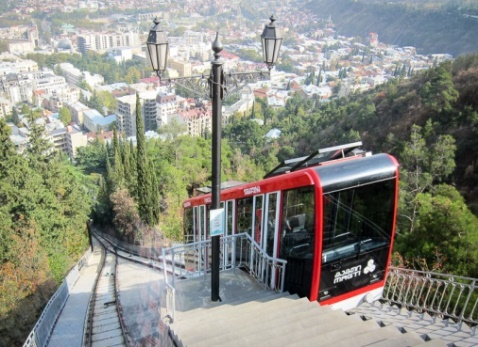
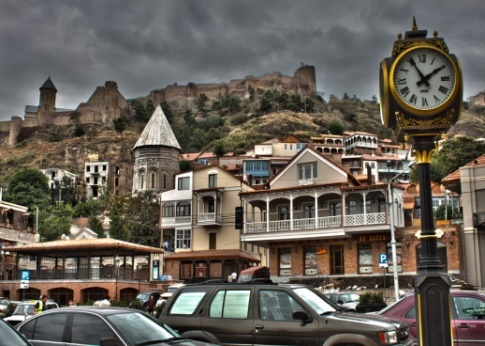
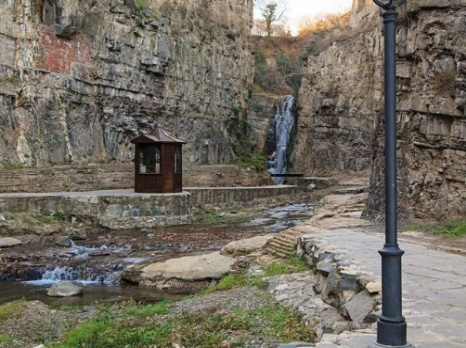
Continuing our tour, we reach one of the main sights of Tbilisi - sulfur baths. These public baths are very famous and popular among the residents of the capital, since it is with the local sources that the base of Tbilisi is connected ... So, according to legend, King Vakhtang Gorgasal, who hunted in this area, noticed a wounded pheasant drinking from a pond. The bird immediately recovered and flew home. Sensing this rare phenomenon, he counted it for a sign from above and ordered the founding of a city here. Indeed: the name of Tbilisi is formed from the word "tbili," which means warm (source).
Having familiarized ourselves with the baths, we go through the Maidan to the Sion Cathedral (the Cathedral of the Georgian Orthodox Church until 2006), where a lot of relics are represented, in particular - the St. Nino cross. Then we go to the wine shop, where we will be given the opportunity to taste the quality and taste of local wine.
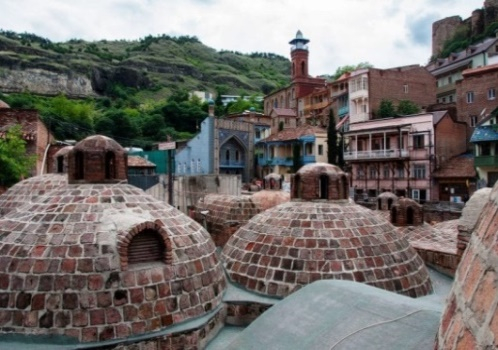

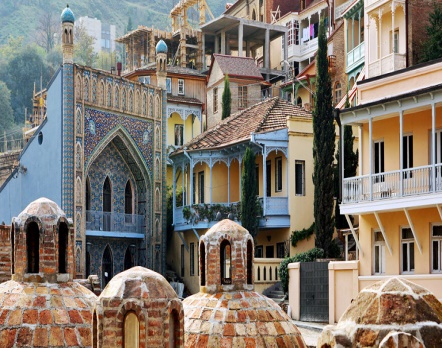
Having finished the city tour, we have lunch in one of the local restaurants with national cuisine.
Mtskheta is the oldest city in Georgia, founded in the 5th century BC. It is the spiritual capital of Georgia. There are many temple complexes and cathedrals, including the famous Jvari church and the Svetitskhoveli cathedral, the Shiomvime monastery. The city is located at the confluence of the Aragki and Kura rivers. Architectural monuments of the city are protected by UNESCO.
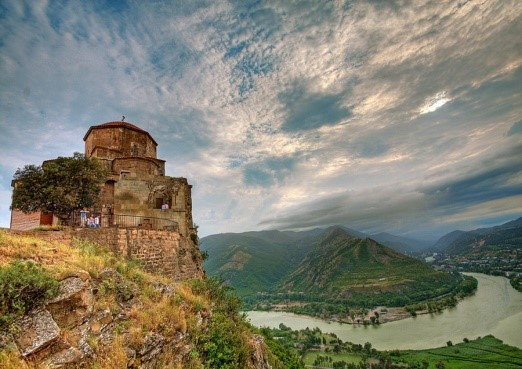
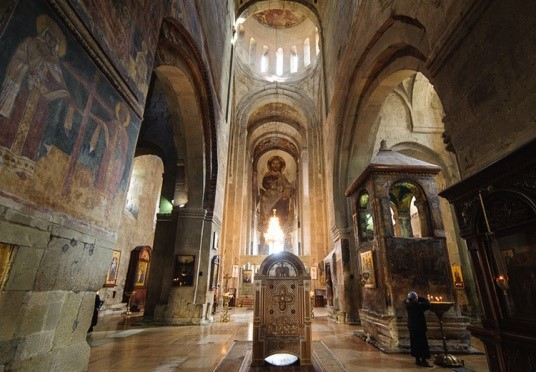
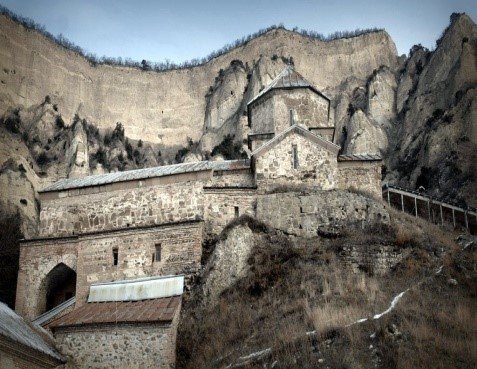
In the evening we return to the capital, where we organize an overnight stay.
Day 5
Tbilisi city - Rustavi city - Ijevan city - Achajur village (monastery complex of Makaravank) - Goshavank monastery - Dilijan city
Breakfast in the hotel.
Rustavi is an ancient Georgian city, located 11 km from the capital. The city is a historical treasure for the Georgian people, as it played a significant role in the country's formation. So, even Leonty Mroveli mentioned Rustavi among the fortresses that repulsed the armies of Alexander the Great ... This allows us to date the city of the 5th-4th centuries. BC. Rustavi also fought with Persians, Mongols, Tamerlane's army and many others in different periods, which indicates its importance for Georgia as a whole.
Return to Armenia.
Ijevan is the regional center of the Tavush region, located in the north-east of Armenia. The city is known for its woodworking workshops (there is also a woodworking industry), as well as its winemaking and carpet making. On the territory of Ijevan there is also a museum of the Red Army, which began the Sovietization of Armenia from this city.
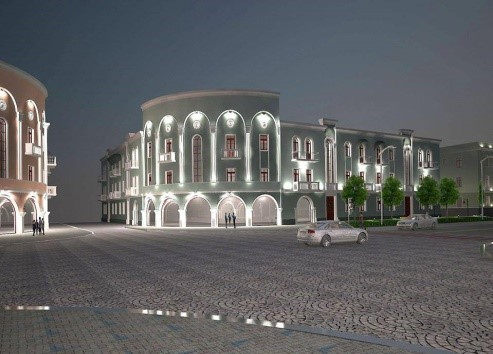
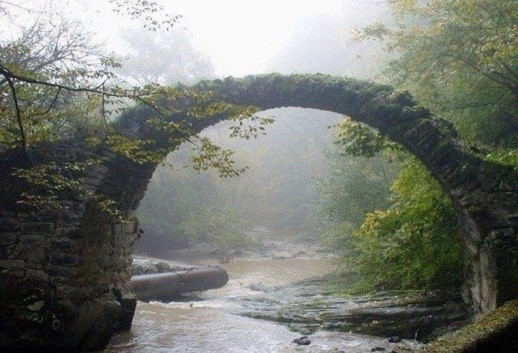
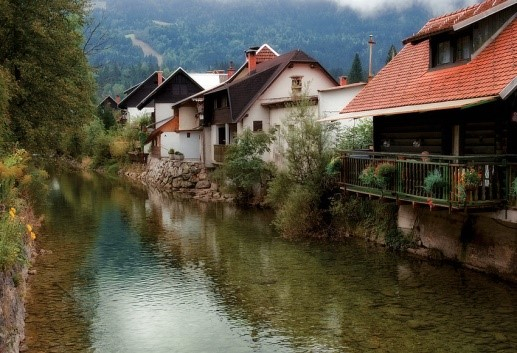
Lunch at one of the local restaurants.
Makaravank monastery complex is located near the village of Achajur and is an active architectural structure of the 10th-13th centuries. Its beautiful preservation and perfection of graceful bas-reliefs and sculptural ornaments are noted. The monastery is open to believers and tourists.
The village of Ghosh is a small Armenian village, represented by one- and two-story houses, as well as its pearl - the monastery of Goshavank, also called Nor Getik (12-13 centuries), which is connected with the notorious event of the past: a strong earthquake destroyed the Getik monastery slightly apart, and Mkhitar Gosh it was decided to build a new one in this village. After the death of the founder, the complex was called Goshavank, which means "the monastery of Gosh".
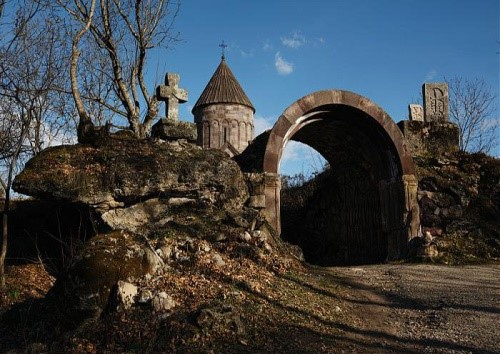
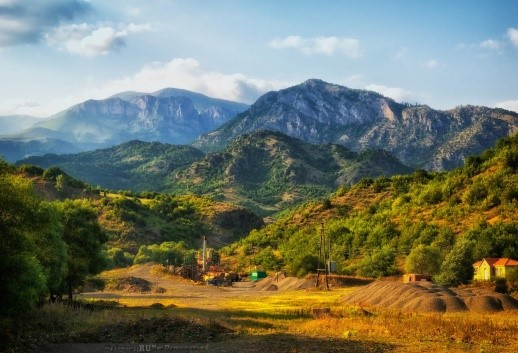
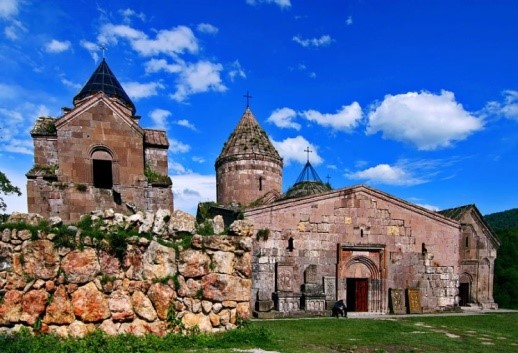
Return to the city of Dilijan, where an overnight stay is organized.
Day 6.
Breakfast in the hotel.
Dilijan city - Lchashen village - Gutanasar mountain - Abovyan city - Yerevan city
Lchashen village is located on the north-western shore of Lake Sevan village, near which was found the whole archaeological complex of the pre-Urartian period. The complex consists of a cyclopean fortress (until the 7th century AD, then - 9-13 centuries), settlements, burial grounds, a large number of mounds, cromlechs, burial grounds and stone boxes.
Mount Gutanasar (plow-mountain) is an extinct volcano in the territory of Kotayk marz. The height of the mountain is 2299 m above sea level. A remarkable form of the volcano is the three-headed mountain, covered with meadow vegetation. Especially beautiful is the solidified lava of black color, located at the top.
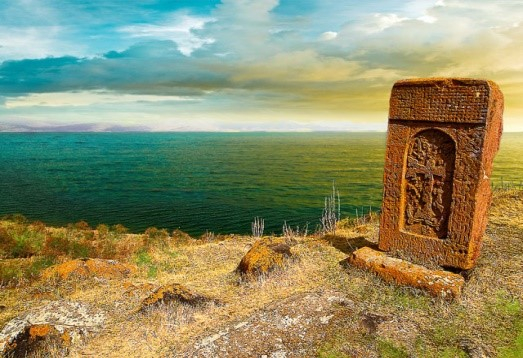

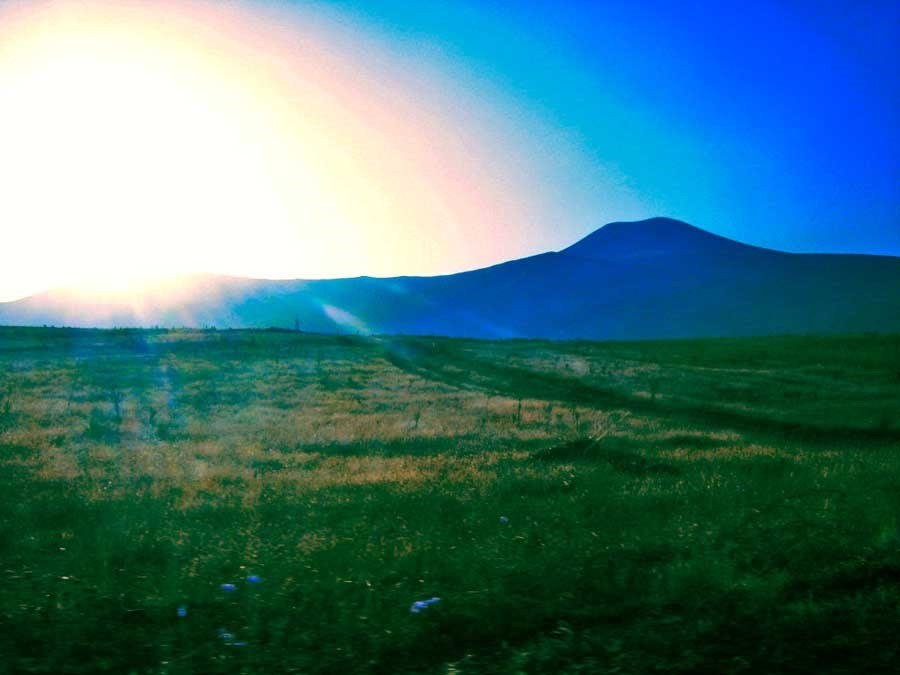
The city of Abovyan is a satellite town of Yerevan, sometimes also called the "northern gateway" of the capital. Known since the Middle Ages as the settlement of Elar. Later, on the territory of the city, a Urartian cuneiform was found, which says about the conquest of Daran, the Urartian name of the district. In the city, besides Armenians, there is also a small community of Kurds.
In one of the city restaurants, lunch is organized.

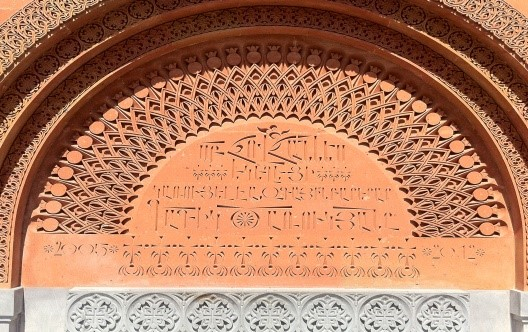
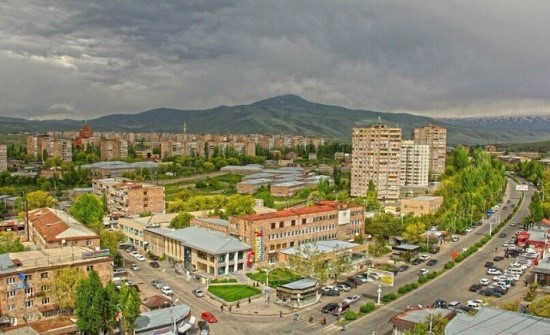
Return to Yerevan and overnight.
Day 7.
Breakfast in the hotel.
Visiting Vernissage.
Transfer to the airport.
The price includes:
- Comfortable transfer from the airport to the hotel and back
- 2 x overnight in hotel in Yerevan
- 2 x overnight in hotel in Dilijan
- 2 x overnight in hotel in Tbilisi
- Breakfast in hotels
- Lunch (6)
- Moving on comfortable transport with a given driver throughout the tour
- Professional tour guide services throughout the tour
- Excursions specified in the program
- Entrance tickets to historical and cultural attractions and amusement parks
The price does not include:
- Flight
- Tickets for a ropeways in Tsaghkadzor and Tbilisi
- Medical insurance
*** The company reserves the right to change the sequence of the program without changing the volume of services provided.
Additional Information
| Tour duration | min. 1 day, min.2 days, min.3 days, min.4 days, min.5 days, min.6 days, min.7 days |
|---|---|
| Arrival dates | No |
| Type of tour | Classical Tours, Cultural Tours, Family Tours, Armenia and Georgia |
- Be the first to review this product


